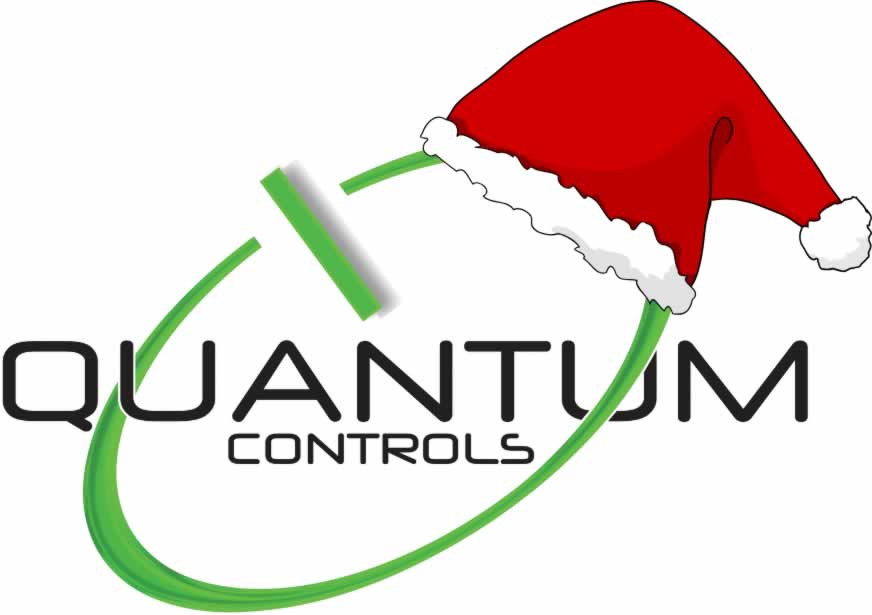The correct commissioning of VSDs
The main purpose of commissioning VSDs is to ensure that:
- The AC converter and motor have been correctly installed and meet the wiring and safety standards such as IEC 60364
- The power and motor cables are correctly sized, installed and terminated.
- All power cable shields have been correctly earthed at both ends, to the PE terminal at the converter, at the motor and at the DB or MCC.
- The control cables have been installed according to the control system design.
- All control cable shields have been correctly earthed at one end only, preferably at the process control system end (‘cleaner’ earth).
- There are no faults on the cables prior to energization for the first time.
Selecting the correct application settings
Once all the basic checks have been completed and the commissioning test sheet completed, the VSD is ready for energization.
It is recommended that, when energizing the drive for the first time that the motor cables should be disconnected until all the basic parameter settings have been installed into the converter.
This will avoid problems with starting the motor in the wrong direction, starting with an acceleration time which is too fast, etc. There is no danger in running an inverter with the output side completely open circuit.
Drive setting/operation
Once all the initial settings and on-load checks have been completed, the motor cable can be insulation tested and connected for the final on-load commissioning tests.
Variable Speed Drive Programming
A variable speed drive will only perform correctly if the basic parameters have been correctly set to suit the particular application.
The following are the basic parameters that must be checked before the VSD is connected to a mechanical load:
- The correct base voltage must be selected for the supply voltage and to suit the electric motor connected to the output. In the UK, this standard voltage is usually 415 V, 3-phase. This will ensure that the correct output volts/Hz ratio is presented to the motor.
- The correct base frequency must be selected for the supply voltage and to suit the electric motor connected to the output. In the UK, this standard frequency is usually 50 Hz. This will ensure that the correct output volts/Hz ratio is presented to the motor.
- The connections to the cooling fan should be checked to ensure that the correct tap on the transformer has been selected.
Thereafter, the remaining parameters settings can be selected as follows:
- Maximum speed
Maximum speed, usually set to 50 Hz, but often set to a higher speed to suit the application. Ensure that the maximum speed does not take the drive beyond the load ability limit. - Minimum speed
Minimum speed, usually 0 Hz for a pump or fan drive, but often set at a higher speed to suit constant torque applications. Ensure that the minimum speed does not take the drive below the load ability limit. - Rated current of the motor
Rated current of the motor, this depends on the size of the motor relative to the rating of the converter. The current rating of the converter should always be equal to or higher than the motor rating. For adequate protection of the motor, the correct current rating should be chosen. - Current limit
Current limit, determines the starting torque of the motor. If a high breakaway torque is expected, a setting of up to 150% will provide the highest starting torque. - Acceleration time
Acceleration time, determines the ramp-up time from zero to maximum speed. This should be chosen in relation to the inertia of the mechanical load and the type of application. For example, in a pumping application, the acceleration time should be slow enough to prevent water hammer in the pipes. - Deceleration time
Deceleration time, determines the ramp-down time from maximum speed to zero. This setting is only applicable if the ‘ramp to stop’ option is selected. Other alternatives are usually ‘coast to stop’ and ‘DC braking’.
On high inertia loads, this should not be set too short. If the deceleration time is below the natural rundown time of the load, the DC voltage will rise to a high level and could result in unexpected tripping on ‘over-voltage’.
The deceleration time can only be shorter than the natural rundown time if a dynamic braking resistor has been fitted. - Starting torque boost
Starting torque boost, can be selected if the load exhibits a high breakaway torque. This feature should be used cautiously to prevent over-fluxing of the motor at low speeds. Too high a setting can result in motor over-heating.
Only sufficient torque boost should be selected to ensure that the VSD exceeds the breakaway torque of the load during starting.
There are also many other settings commonly required on modern digital VSDs.
The above are the most important and must be checked before starting. The remaining parameters usually have a ‘default’ setting which will probably be adequate for most applications. However, these should be checked and adjusted for optimum operation.
Selecting of a variable speed drive requires a lot of experience. If the experience is not available, it is often advisable to contact expert drive engineers and suppliers. If you need a Variable Speed Drive installing and commissioning, email us at [email protected]
